Many architects and marketers of architectural projects who have never used 3D exterior rendering services often underestimate how photorealistic the renders can be. Therefore, being unaware of the full potential of CGI, they might fail to get the most of it for their projects. For instance, by placing orders for those services without providing enough technical details, style references, or comments. In other words, setting the bar rather low from the beginning. And then, upon getting the results, they don’t know what to look at to determine quality.
As a result, they might overpay for rather mediocre visualization services when they could pay the same price for top-notch realistic exterior rendering. In fact, a truly professional CGI rendering company can provide visuals completely indistinguishable from photos. Those can be used for various marketing purposes, including project presentations, portfolios, online and offline advertising, etc. Sounds good? Now, let’s find out the 7 ways CGI specialists make 3D exterior renders incredibly photorealistic!
#1. CGI Specialists Build High-Quality 3D Models
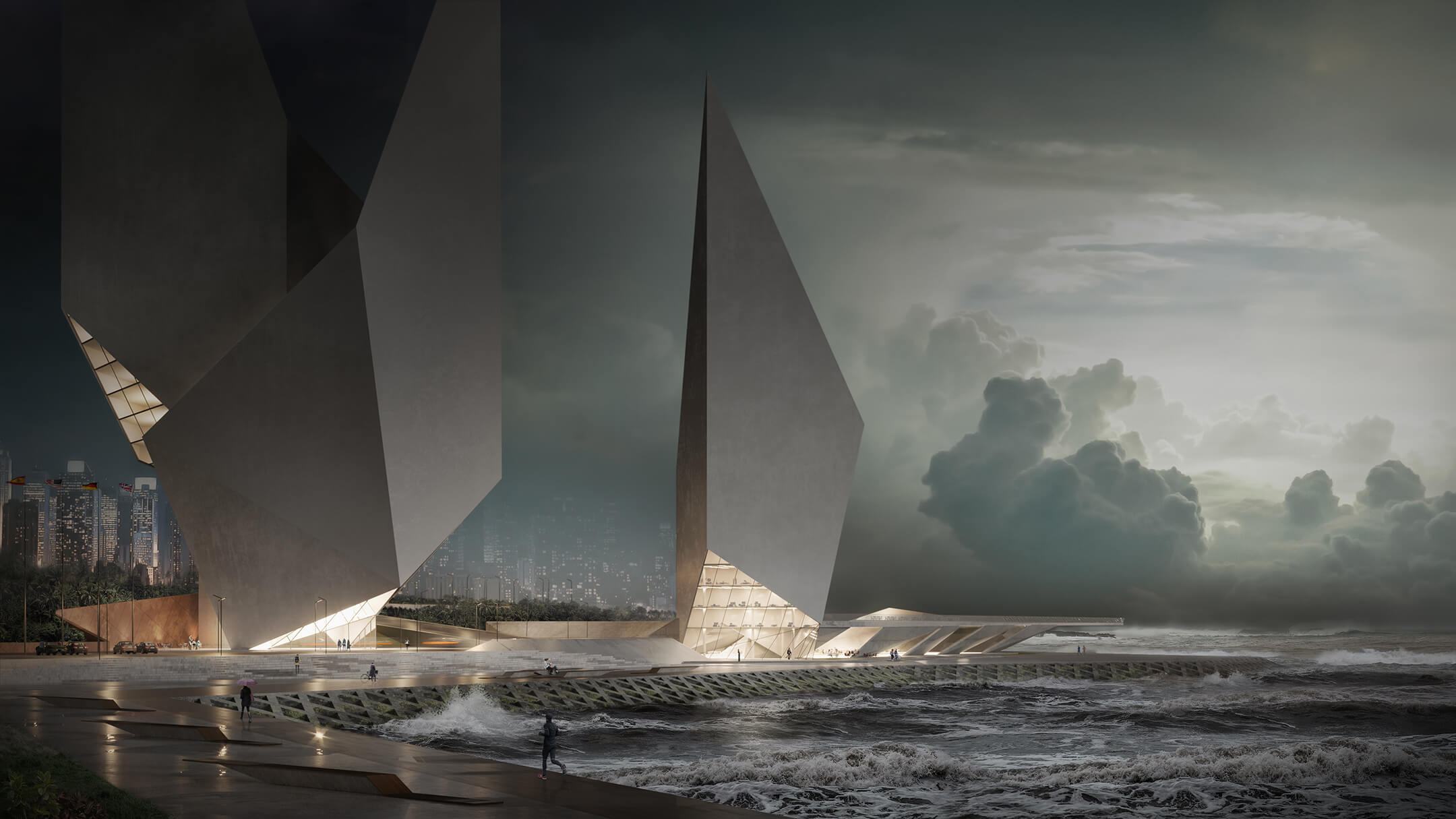
The process of realistic exterior rendering begins with creating 3D models and arranging them in a scene. Usually, CGI specialists do custom 3D modeling of the main architectural objects from scratch to get all the specifics correctly. Then, they select pre-made high-poly 3D models as well for the secondary items. Usually, architects provide references for those themselves. In the final renders, all the objects must have realistic shapes, perfect geometry, and a high level of detail. Also, there should be no unnaturally sharp or overly blurred edges.
#2. They Always Get Accurate Proportions
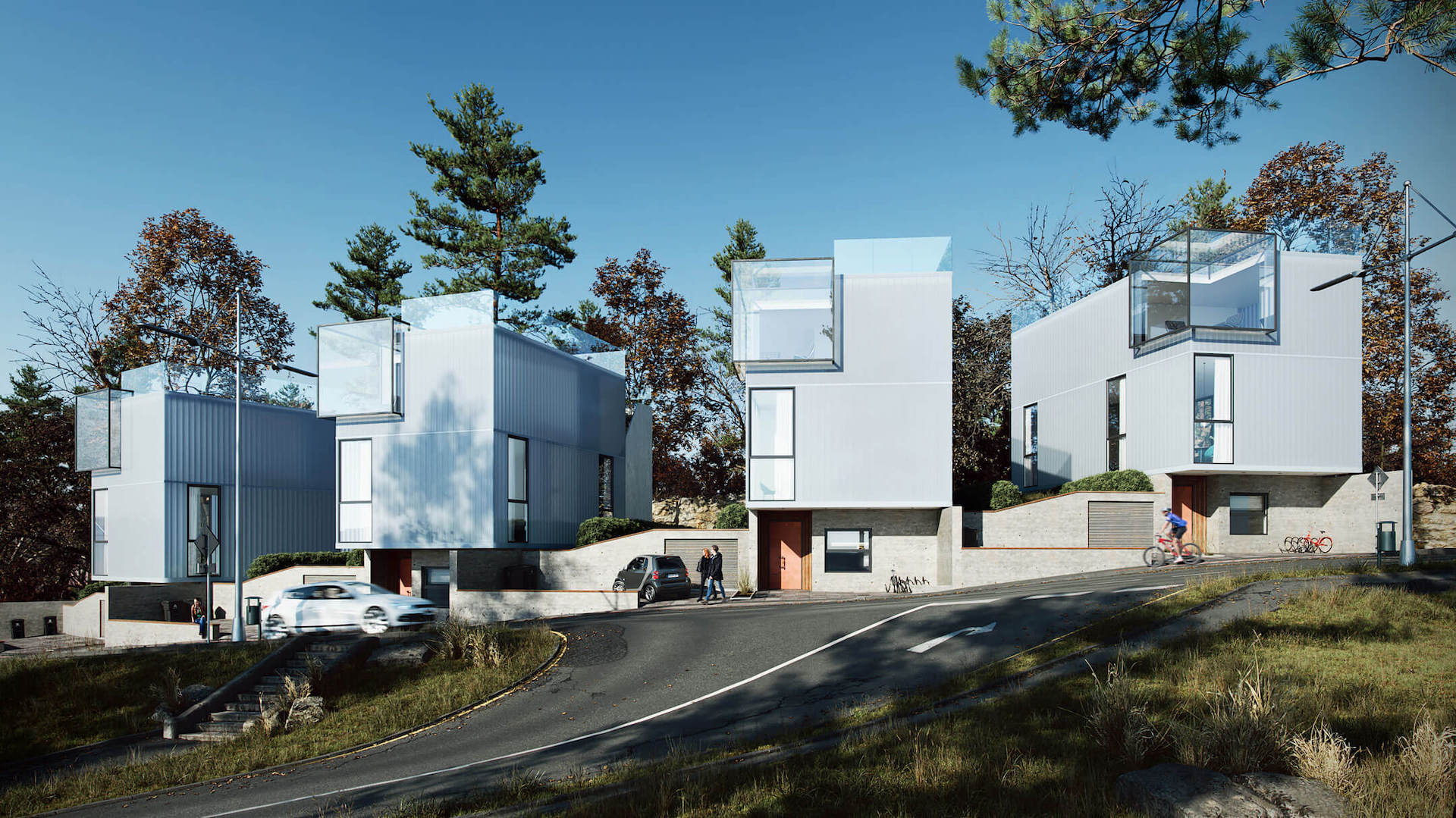
CGI professionals always follow technical drawings and other construction documentation thoroughly to make sure they maintain accurate proportions. The most important here are site plans, which allow to understand the location and surroundings of a project. Then, floor plans, elevation and cross-section views are also crucial to learn the details about the building itself. All that is necessary to adjust the size of every object correctly regarding that of other objects and the scene dimensions in general.
For instance, doing a realistic exterior rendering of an office building, one must consider its overall dimensions, as well as the size of doors and windows, parking space, the cars in it, people in the street, and so on. If even one of those things is measured wrong, the whole impression of a project can be distorted.
#3. They Set Correct Horizontal and Vertical Axes
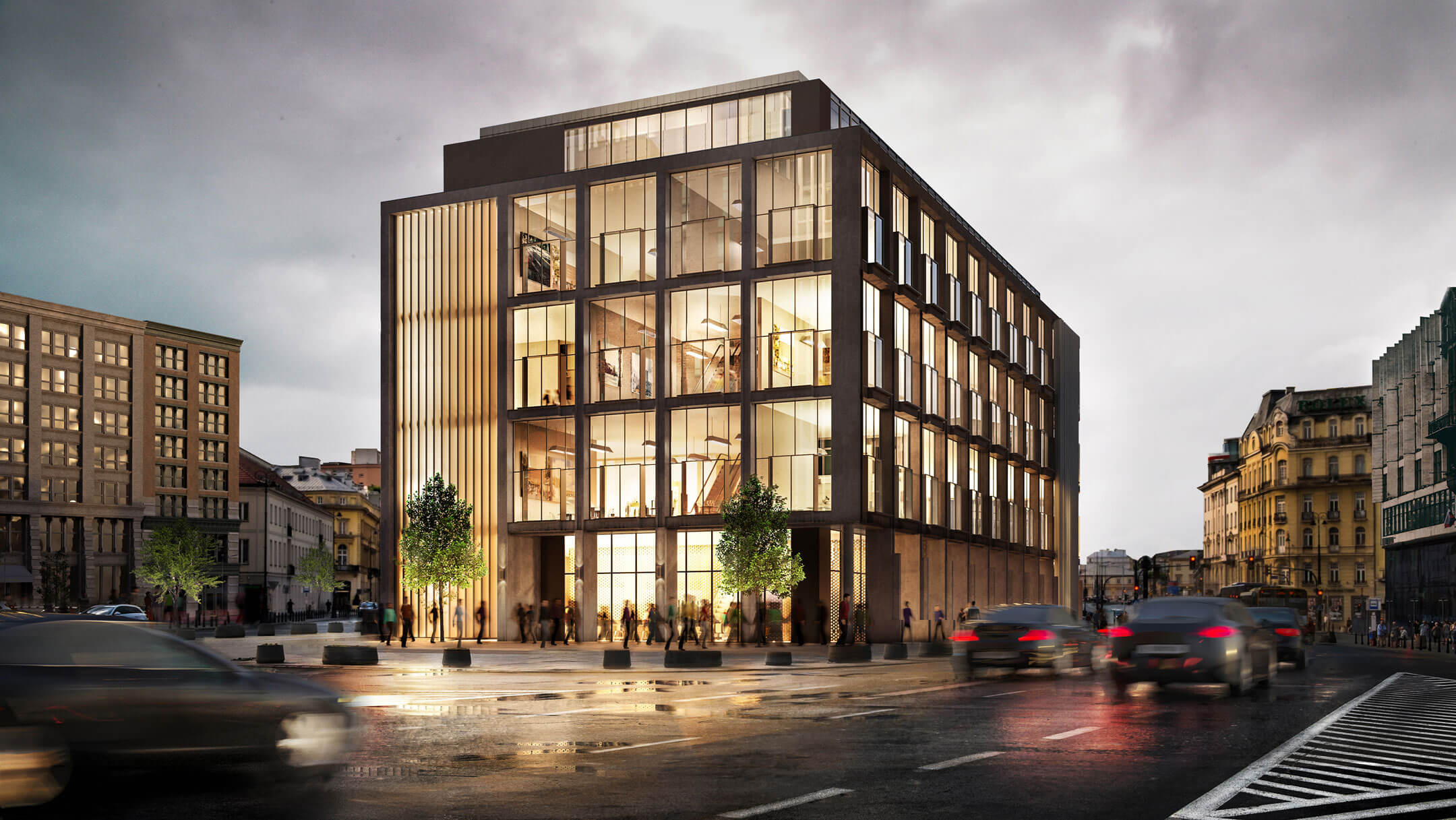
For a truly realistic exterior rendering, a CGI specialist carefully sets horizontal and vertical axes to align 3D models to them. The axes, especially the horizontal one, set the base for the whole composition. Obviously enough, if they are tilted in a way they are not supposed to be, the renders will be completely ruined. Furthermore, setting the axes correctly allows to avoid distortion of perspective, as well as having objects hanging in the air – the two worst mistakes inexperienced 3D artists might make.
Checking the quality of the final images, one should always remember that the main goal of realistic architectural visualization is to improve customer experience. Therefore, the basics such as this one are not to be overlooked, even if the main objects appear to look good. Because if customers spot an irregularity there, they will form a negative opinion at once. And, as a result, the success of the entire project will be undermined.
#4. 3D Artists Apply Perfectly-Matched Textures and Materials
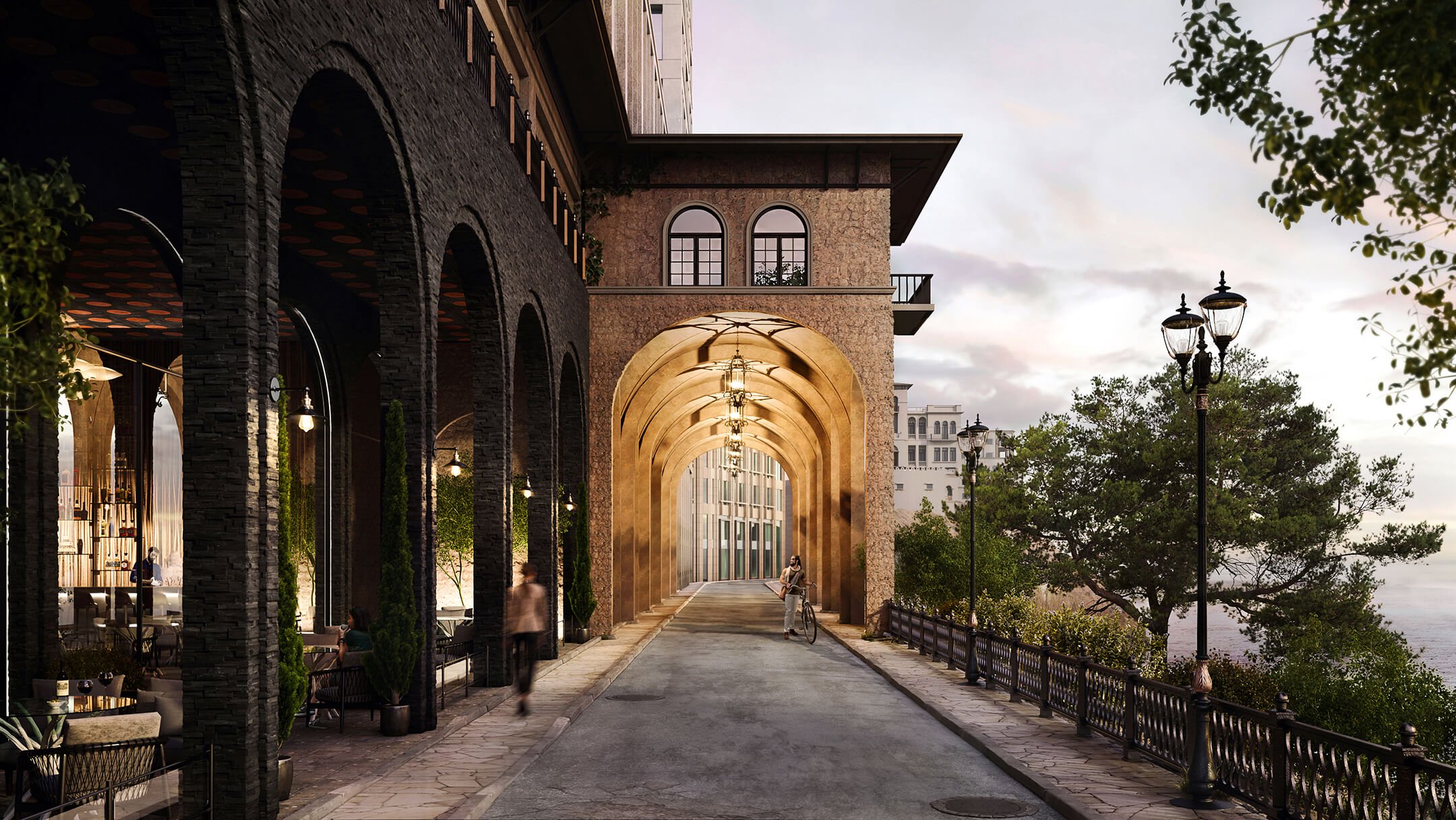
Textures matter greatly in realistic exterior rendering because they make all the materials used in a scene easily identifiable. There are three main criteria by which to judge the texturing work here. Firstly, the quality and resolution of every single texture must be high. Secondly, the material properties must match the appearance of applied textures. For example, if the material selected for an object is metal, it will imitate the properties of metal in terms of glossiness, self-illumination, reflections, refractions, etc. Therefore, the texture applied to such an object must be that of metal as well.
Ensure your exterior design project leaves a lasting impression and takes your clients’ breath away with stunning visuals.
Thirdly, there’s the scaling of textures regarding the shapes and proportions of objects. This is where inexperienced 3D artists make mistakes particularly often. In such cases, bad scaling can often be seen in things like tile- and masonwork, floor planks, and anywhere else where large surfaces are covered with repeated patterns. So, taking a closer look at those can help to determine the quality of 3D exterior renders immediately.
#5. They Create Life-Like Surroundings
With realistic exterior rendering, 3D artists create custom life-like surroundings for the main architectural objects. They can render multiple variations of images featuring different times of day, weather, and seasons. Some places, such as summer villas and ski resorts, are meant to be showcased in very particular ways in terms of seasons and weather. However, even they can benefit from being depicted in both day-, dusk- and nightlight. And other, more versatile projects, might look surprisingly amazing in a cloudy or rainy setting.
Moreover, realistic surroundings normally include other buildings or landscapes, depending on a project’s location. Then, there can be people, cars, trees, benches, traffic lights – everything a photo would have. So, when placing an order, an architect may choose to have a busy lifestyle scene for the renders, or a more serene one, fully focused on the project itself. Or both, of course!
#6. 3D Rendering Specialists Make The Lighting Organic
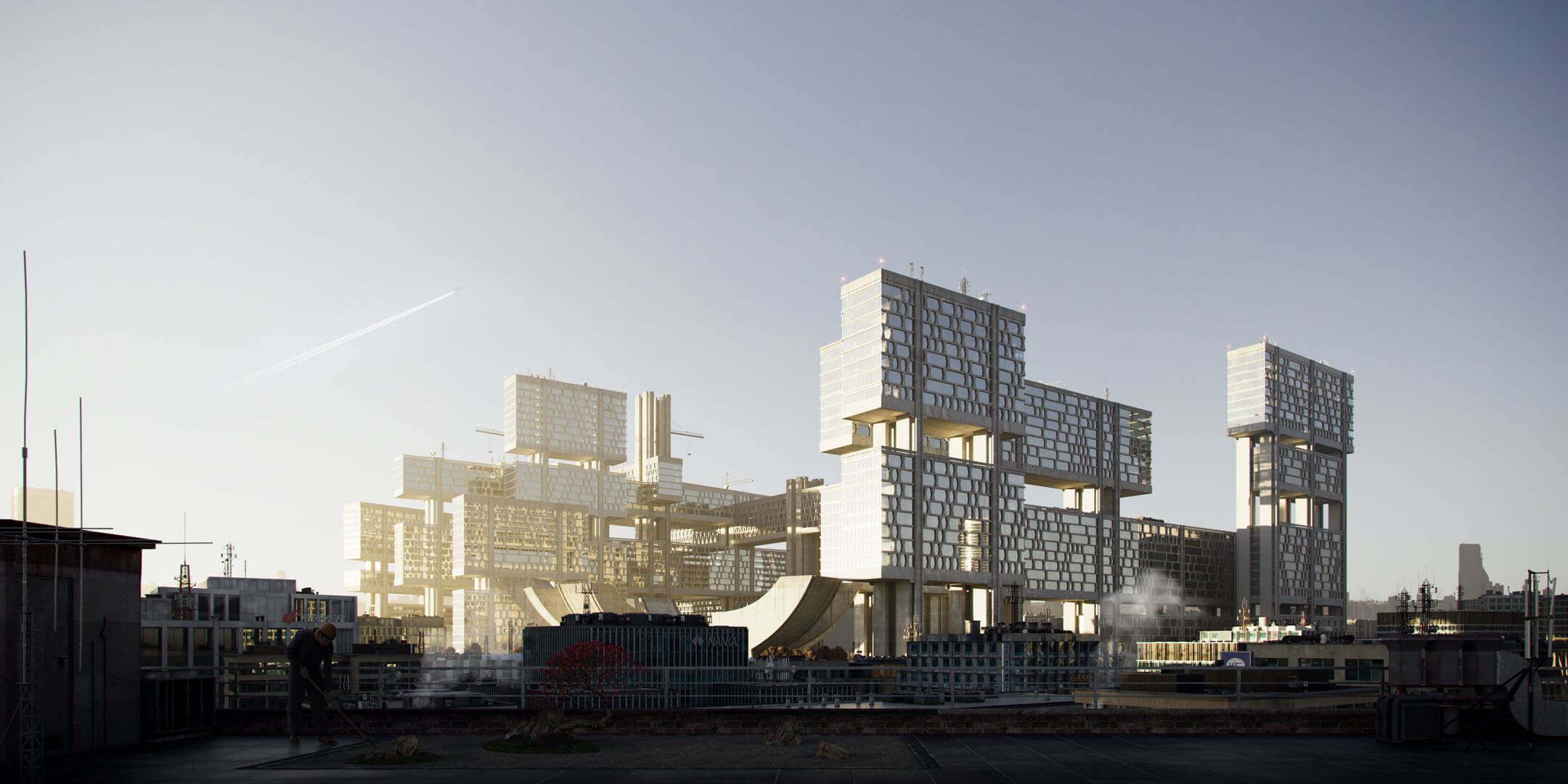
To ensure the most realistic exterior rendering, it is necessary to set absolutely perfect lighting. The aim, first of all, is to make sure the end result correlates with the concept, or mood references. Then, it’s all about physics. Professional 3D rendering software allows to determine every light source, such as sun, stars, lanterns, etc., which makes the lighting look natural – just the way it would in real life. It also considers refractions and barriers like rain, smog or fog to produce coherent, highly photorealistic visuals.
Furthermore, CGI specialists adjust shadows and reflections so that they appear where needed without creating unattractive, overly dark, or blinding spots in the images. For instance, it’s possible to reduce the intensity of a shadow if it contrasts too much with other objects in a scene. In this same way, one can tone down or completely remove unwanted highlights and reflections. However, only professional 3D artists are able to do that without ruining the photorealism of a scene.
Finally, there is a post-processing stage, where minor light, color, and contrast corrections are made. Here, CGI specialists often add subtle visual effects to make their 3D exterior renders even more cohesive and realistic. For example, they might add some extra glow to outdoor lights in an evening scene. Or a bit of a fog effect to soften an image and make it a little dreamy.
#7. CGI Specialists Find The Most Flattering Angles
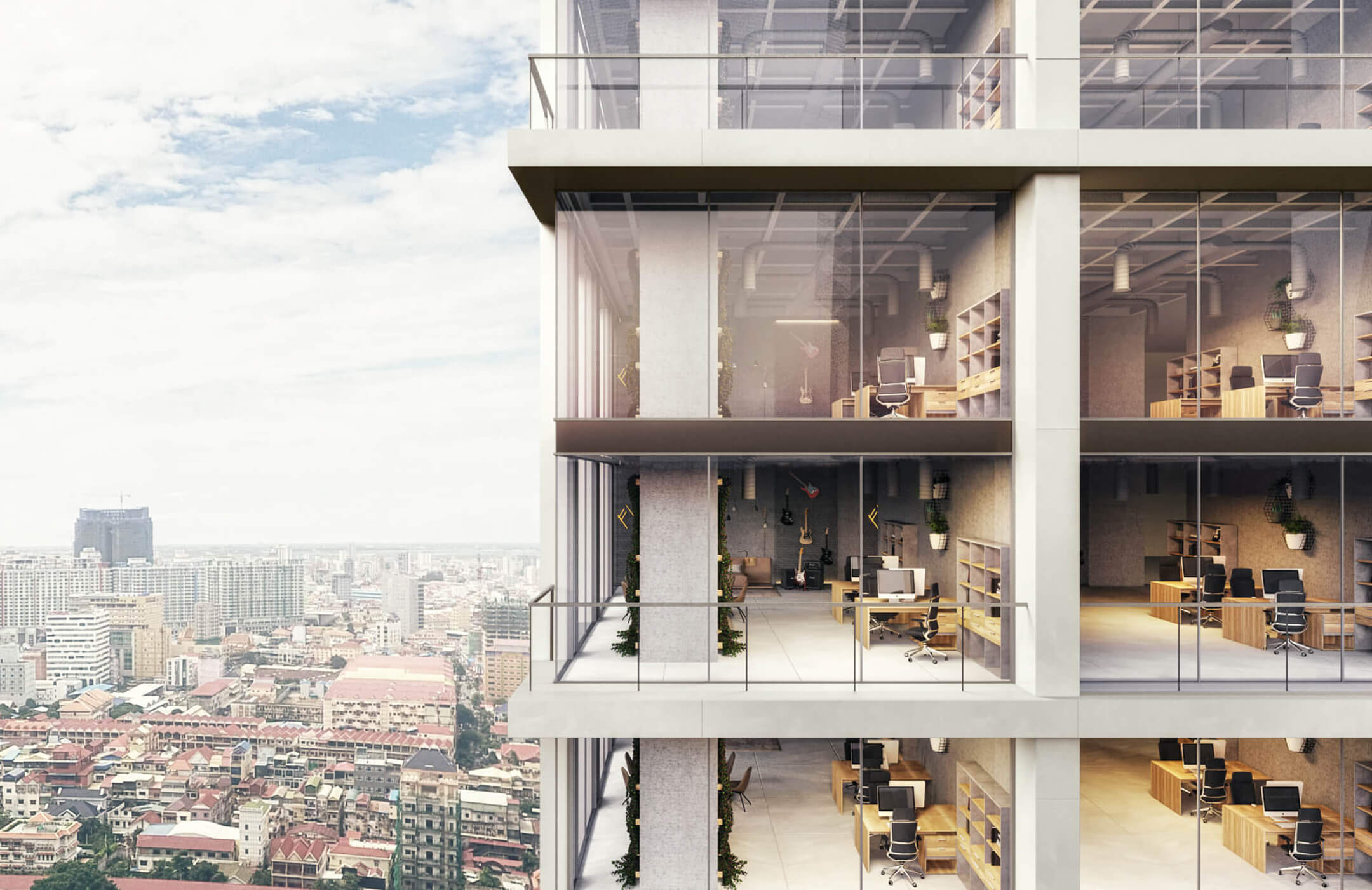
In the case of a realistic 3D exterior rendering service, 3D objects are “photographed” digitally just like they would be in real life. At this point, a CGI specialist finds the best angles from which to capture a 3D scene and sets a virtual camera in the rendering program to do it. It might take a while to produce all the renders – from several minutes to several hours, depending on the complexity of a project. However, the rendering process itself happens automatically, so a 3D artist can set it to be done overnight. The final 2D images preserve all the details of a 3D scene with no distortion of any kind, looking totally indistinguishable from photos.
Want to learn how much your project costs? See how we evaluate 3D rendering projects
So, those were the 7 ways CGI specialists make architectural 3D renders extremely photorealistic. Hopefully, it was useful to learn about the main features of realistic exterior rendering, as well as to learn about the process itself. Overall, the best thing about 3D visualization is, probably, the fact that an architect can get multiple variations of 3D renders for the same project before the construction even begins. It’s very important for a presentation to investors and other stakeholders, and absolutely crucial for marketing. After all, people must see the project in the best light possible.
Are you interested in 3D services? Contact us at ArchiCGI and get the most realistic images for projects of any scale and complexity, within the shortest time you can think of!

Ana Wayne
Content Writer, Copywriter
Ana is a content writer for ArchiCGI. She has a passion for design and architecture - and for talking about it. Outside of work, she is a fan of sci-fi movies and a street food connoisseur.





Comments
Ryan Smith
Maria
Travis
Kieran
Irma
Christopher
Gene Davidson
Russell
David
Kenneth
Irma